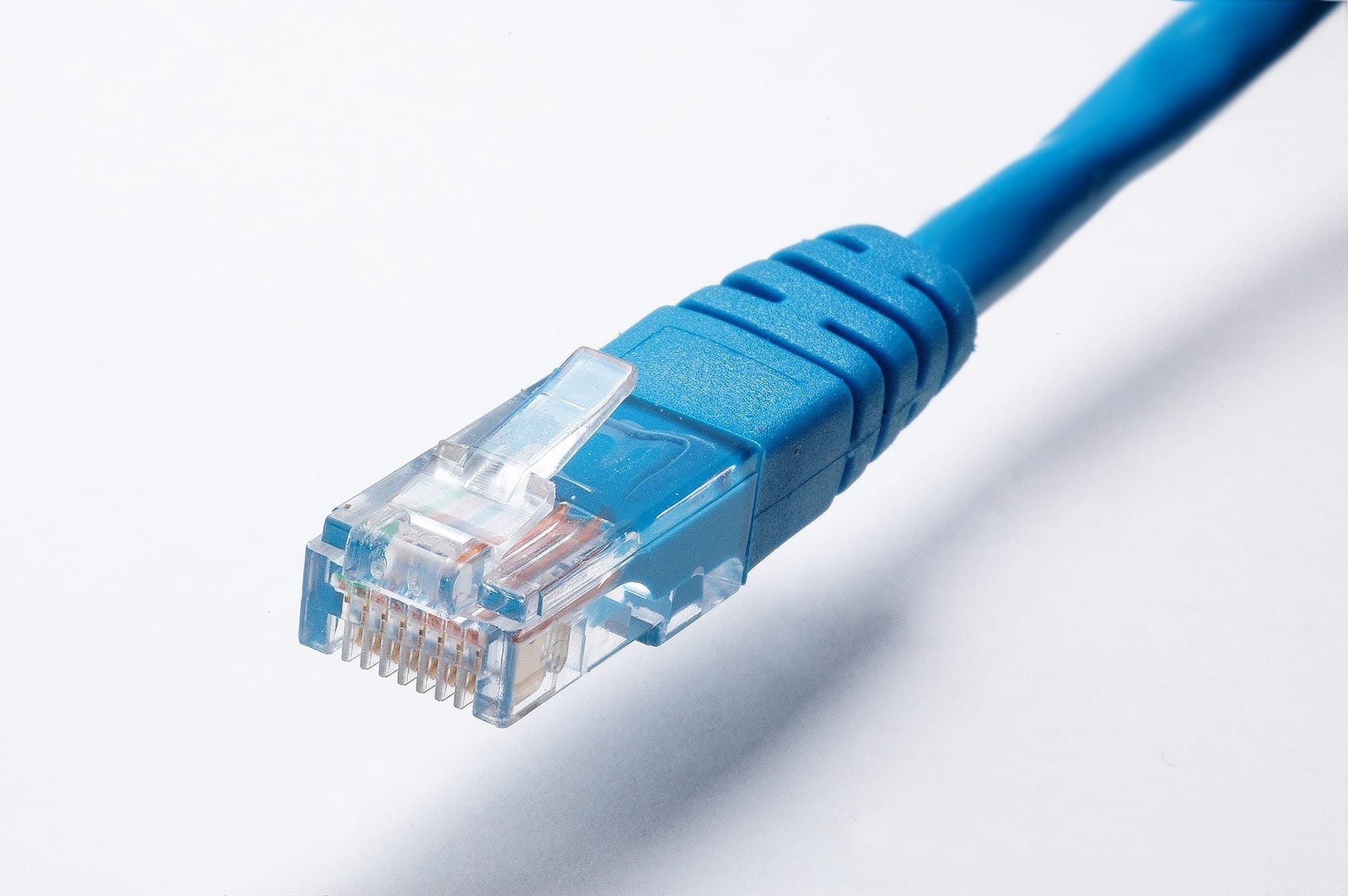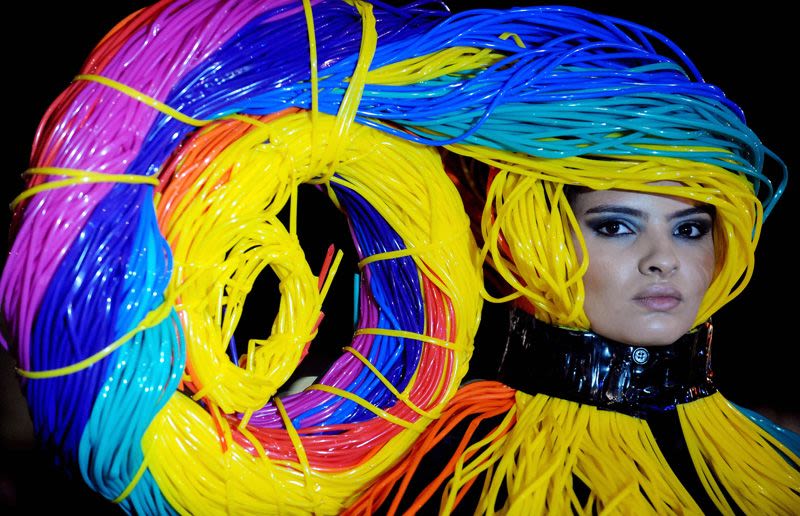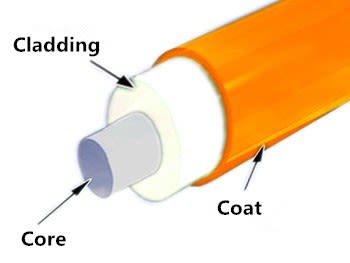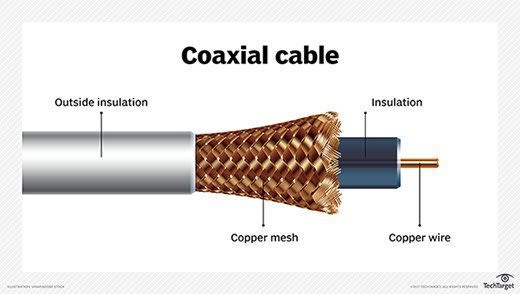Your Guide to Colocation Cross Connection Cabling Options
Cross connections, “cross connects”, or "XCs" are the lifeblood of colocation connectivity. Here we discuss the cabling options for XCs in your network.

Nov 11, 2021
SHARE
Just like there are many different types of data centers, there are many different types of cross connection cables - so many that we decided it deserved its own post.
Cross connections or “cross connects” (or "XCs", if you're hip) are physical, hardwired cables that enable customers, providers, and internet exchanges to share data within a network. In a previous post we covered the use cases and benefits of cross connections. We consider cross connects to be the life blood of connectivity as we know it, so we recommend giving that post a read if you’re new to the subject.
Cross Connect Cabling Options
Cross connects come in many different flavors that range in bandwidth, connection quality, distance capabilities, size/flexibility, and more.

Source: Pinterest Taste the cross connect rainbow!
Fiber Optic Cable
Fiber optic cable or simply “fiber” is the most powerful network cabling option available today. Fiber cables contain strands of glass fibers that carry telecommunication signals via pulses of light. Because the mode of transportation is light, you guessed it, the data being transported travels at the speed of light. Just kidding! It travels ~30% slower than the speed of light - just making sure you were paying attention. Another benefit of fiber optic cables is that they are less susceptible to interference as its physical properties help shield the fiber from electromagnetic interference.
There are two types of fiber cables that are utilized for data center cross connections: single-mode fiber (SMF) and multi-mode fiber (MMF). Single-mode fiber utilizes glass strands, no bigger than a human hair, and lasers to transport data through a single ray of light. Multi-mode optical fiber utilizes light-emitting diodes (LED) to transport data through multiple rays of light.

The Anatomy of a fiber optic cable. Source: Medium.
The primary difference between SMF and MMF fiber is the diameter of the glass core in the cable, with MMF having a larger core. The core of an MMF fiber is able to transport longer wavelength (and lower cost) light sources, and has room for the pathways and reflection needed by the multiple rays of light within. However, more reflection of light within the cable leads to more attenuation - which is why MMF fiber cable is more common for short distance communication (under ~550 yards or ~500 meters) while SMF is the premier option for long distances and higher bandwidth needs.
With your standard cables, both of these fiber types can handle 10G speeds - so when deciding between the two for your cross connection you should decide based on bandwidth and distance needs as well as cost.
MMF cables are slightly more common in data center cross connections due to the needs of the environment (short connections) and accompanying lower cost. However, if you want to truly future-proof your cross connectivity, it could be worth paying up for SMF cables.
CAT Ethernet Cables

Source: How to Geek Category ethernet cables or “CAT” ethernet cables are also a common cross connection medium within data centers. Ethernet and Coax cabling are similar as they both contain metal cores that are protected by the outer layers, however the cores of Ethernet cables are made up of multiple small wires, rather than a solid core of copper.
CATs have evolved over the years and are grouped into numbered groups based on their capabilities and specifications. Manufacturers are required to adhere to these specifications. As an overarching rule, as the category number gets higher, the throughput speed and frequency does as well. These specifications make determining which cable is the right cross connect for you much easier.
CAT5 or Category 5 Family
CAT5: CAT5 cables provide up to 10/100 megabits per second (mbps) bandwidth at 100 megahertz (MHz) frequency, whereas newer cables offer much faster bandwidth and speed capabilities. The CAT5 cable was largely replaced by the CAT5E cable in the year 2000.
CAT5E: The CAT5E or “CAT5 Enhanced” cable is known to be ~10x faster than the CAT5 cable with 1,000 mbps or 1 gig of bandwidth. The CAT5E does not have any physical differences from the CAT5 cable, but it does have enhanced abilities to reduce “crosstalk”
Crosstalk is essentially leaking signals from one cable to another. When cables are close to each other (especially when lying parallel in cable trays), the electromagnetic signals can interfere with each other which increases packet loss and decreases data throughput.
CAT6 or Category 6 Family
CAT6: CAT6 cross connects are the more modern and improved version of the CAT5E.The CAT6 can handle up to 10 gigabits of data, but the bandwidth is limited to 164 feet. Beyond 164 feed, bandwidth decays to ~1 gigabit (which is the same as the CAT5E). Additionally, CAT6 cables have been enhanced to reduce crosstalk due to new design features such as shielding and twisted cable design.
CAT6A: The CAT6A or “Category 6 Augmented” cable has all of the strengths of the CAT6 but is able to move data at 10 gigabit speeds over longer distances. The CAT6A can maintain 10 gigabit speeds for up to 328 feet of cabling.
Depending on your network bandwidth and speed requirements, you can likely make due with a CAT5E cross connection in your data center. However, if you want the most future proof network back bone with no crosstalk and higher bandwidth, the CAT6 family (or beyond) is for you. However this higher performance of course comes at a cost, with the CAT6 family costing ~30% more than the CAT5Es of the world.
There are new CATs in town, as well, with the CAT7 and CAT8 cables stepping up the game in terms of performance, shielding, length, and (of course) cost. However, the high performance and high cost of the CAT7-8 families makes them less ideal options for data center cross connections.
Coaxial or Coax Cable
Coaxial cable or “coax” is a heavy duty and relatively low cost cabling option for cross connections.
Coax transmits radio frequency electrical signals through its core conductor which is most commonly copper. Transmitting electricity means that Coax cable is susceptible to electromagnetic interference (EMI) and crosstalk - however, Coax cabling has single axis conductors and shielded design that helps reduce EMI and crosstalk immensely.

Source: TechTarget
The core of a Coax cable is shielded by insulation and copper mesh to help reduce interference. That extra insulation is part of why Coax cabling is heavy and relatively hard to maneuver compared to other cross connection cables.
For data center cross connections, Fiber has Coax cabling beat in terms of performance. However, Coax is an attractive option as it is very durable, easy to install, and lower cost than fiber cables. If you are in need of a short distance cross connection within a data center, Coax could be the right option for you - but certainly isn’t the premier way to go.
The Best Cross Connection Cable for You
Each cabling option for your cross connectivity needs comes with its own pros and cons based on bandwidth, speed, connection quality and distance capabilities as well as considerations that are less relevant to the data center environment (such as the heavy and hard to maneuver nature of Coax). While we covered Fiber, CATs, and Coax in detail here - there are other cross connection cabling options to be explored including T1, copper, and plain old telephone services (POTS).
As discussed in our post on cross connections as well as a Reddit thread we started here, cross connections are expensive and the costs vary wildly based on the quality of data center you are using and even the country you are in. For that reason, choosing the best cabling option for your cross connection solution will be nuanced depending on your colocation provider.
Lightyear will help you make the best decision for your colocation and cross connection needs when you utilize our free, online telecom procurement and contract management platform. Get started here!
Looking for more colocation resources? Check out this Ultimate Guide to Colocation Pricing next!
Want to learn more about how Lightyear can help you?
Let us show you the product and discuss specifics on how it might be helpful.
Not ready to buy?
Stay up to date on our product, straight to your inbox every month.
